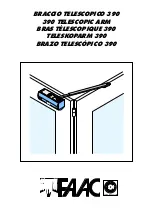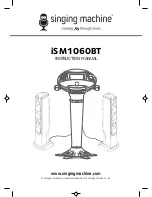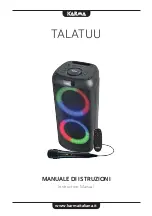
3
Safety requirements
This device is state of the art and meets all necessary safety regulations. It may only be used in ac-
cordance with the technical data and the safety requirements and regulations listed below. When us-
ing the device, also observe the statutory and safety regulations apposite to the particular use. Any
other use will automatically void all warranty rights.
• Connection work and other exposure of the PCB in the immersion heater casing should only be
carried out in a dry interior room.
• It must be possible to isolate the immersion heater from the mains, in accordance with local reg-
ulations, using an omnipolar isolating facility (plug/socket or 2-pole isolator).
• The immersion heater should only be connected to a mains socket using the supplied connect-
ing cable. The connecting cable should be fitted before insertion. The mains socket must have at
least 16 A fuse protection.
• No extension cables, mains distributors or cable drums should be used.
• Before starting installation or wiring work on equipment, the immersion heater must be com-
pletely isolated from the mains and protected against a restart.
• Never pull on the mains cable, or pull the mains plug out of its socket by the cable.
• Safe operation is no longer possible if the immersion heater, the energy meter or connected
equipment shows signs of visual damage, no longer functions or has been stored for lengthy
periods in unfavourable conditions. If this is the case, disable the devices or equipment and
secure against unintentional use.
• At the immersion heater, high temperatures occasionally occur during operation, which should
be taken into consideration during installation/maintenance work. Also never touch the immer-
sion heater with wet/damp hands. Insulated footwear is recommended for installation work.
• The immersion heater may be active at a high output level for a prolonged period of time. Rele-
vant components (e.g. sockets) must be able to withstand current flows of up to 16 A for pro-
longed periods.
All installation and wiring work on the controller must only be carried out in a zero
volt state. The opening, connection and commissioning of the device may only
be carried out by competent personnel. While doing so, they must observe all lo-
cal safety requirements.




































